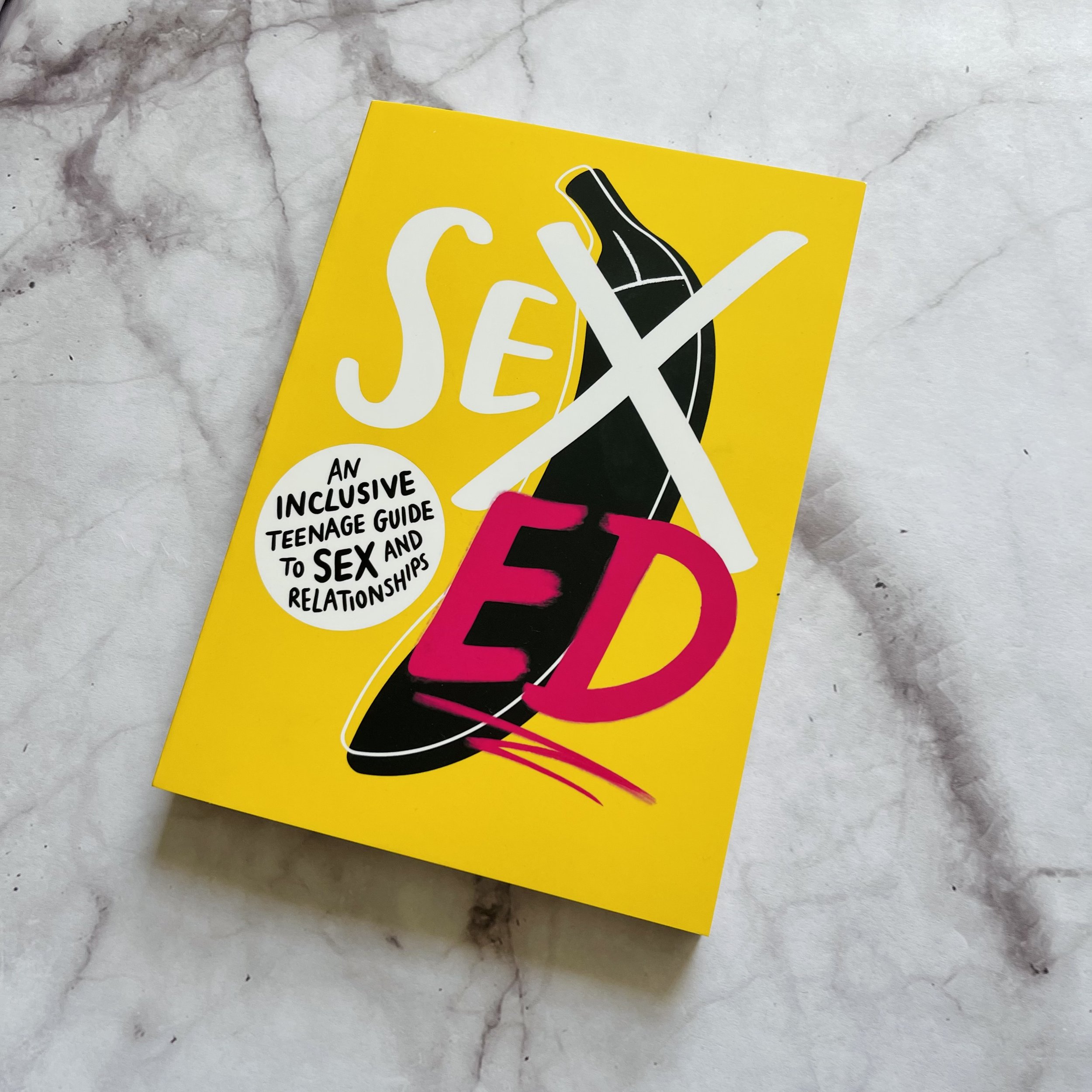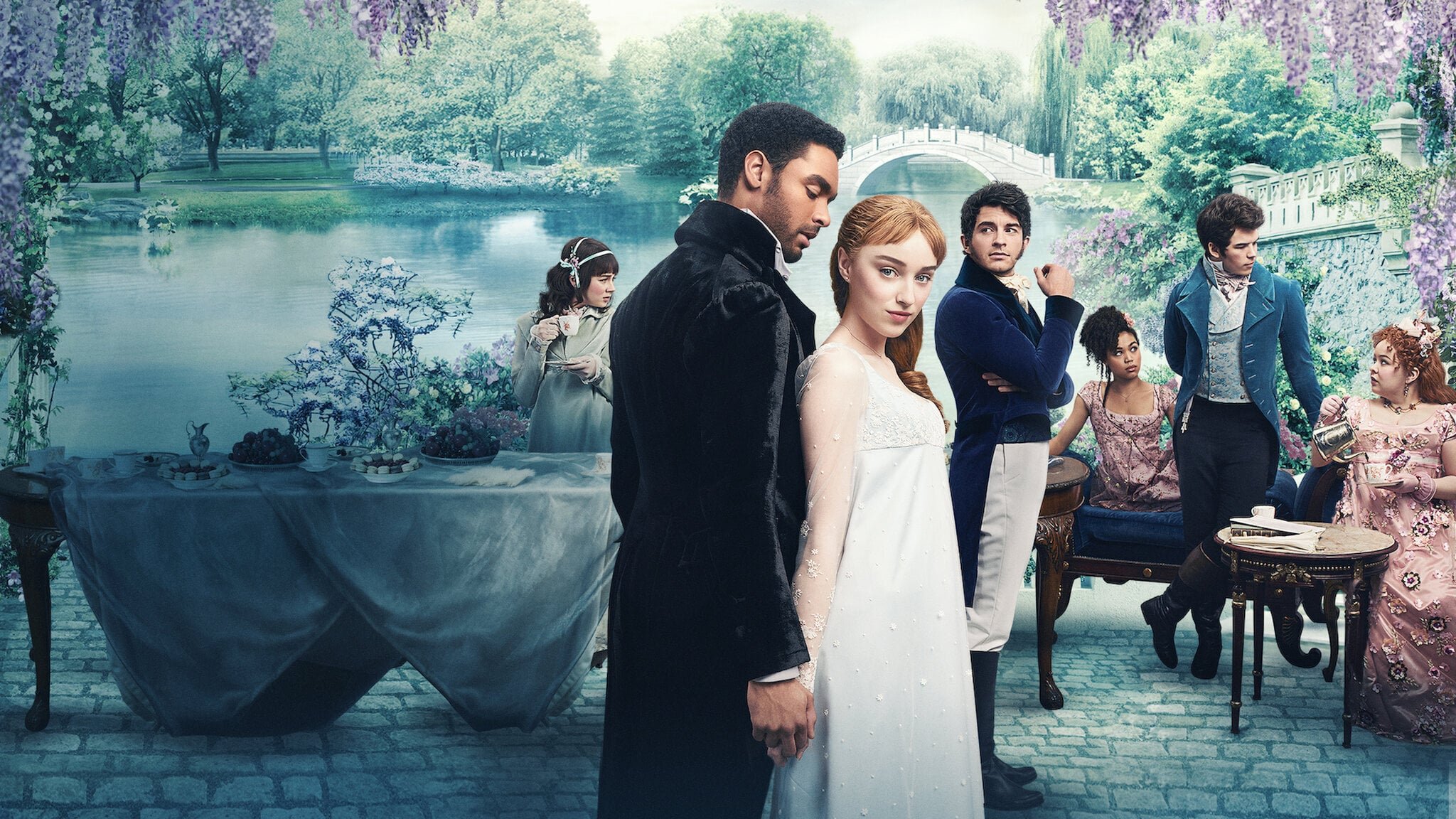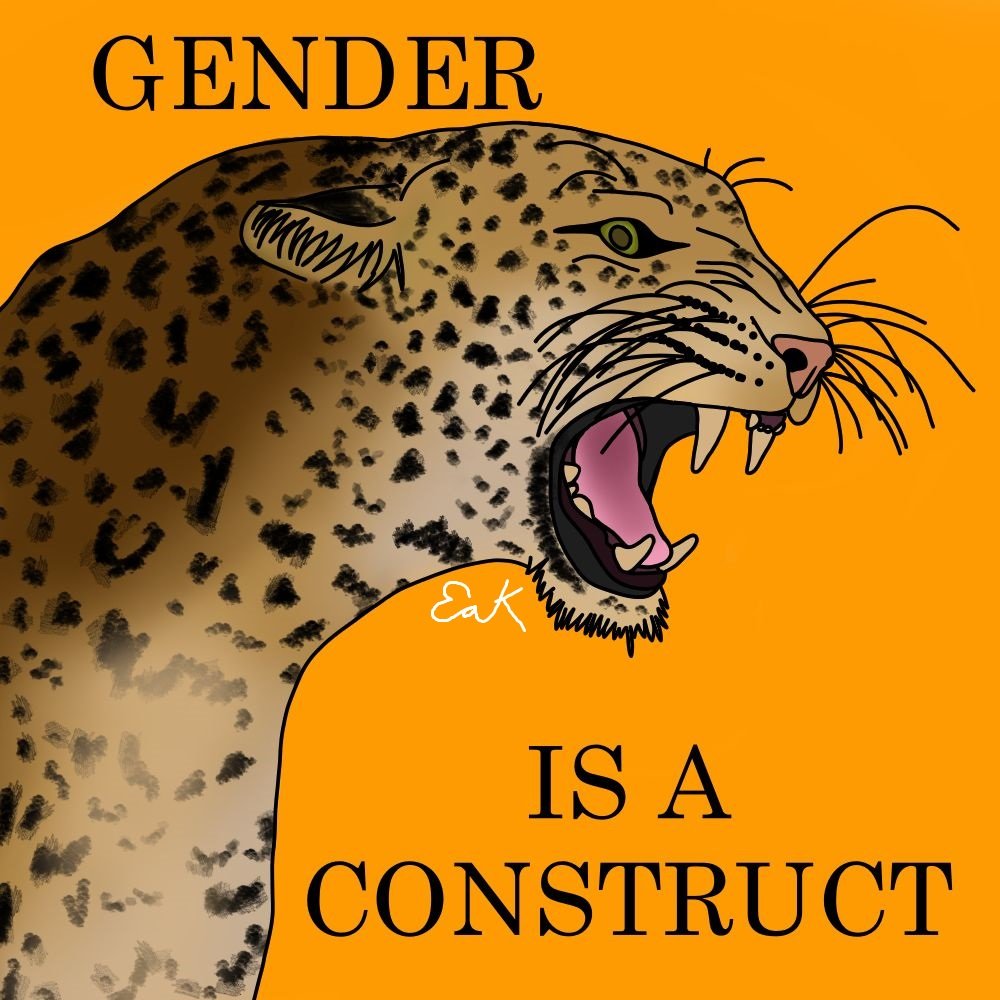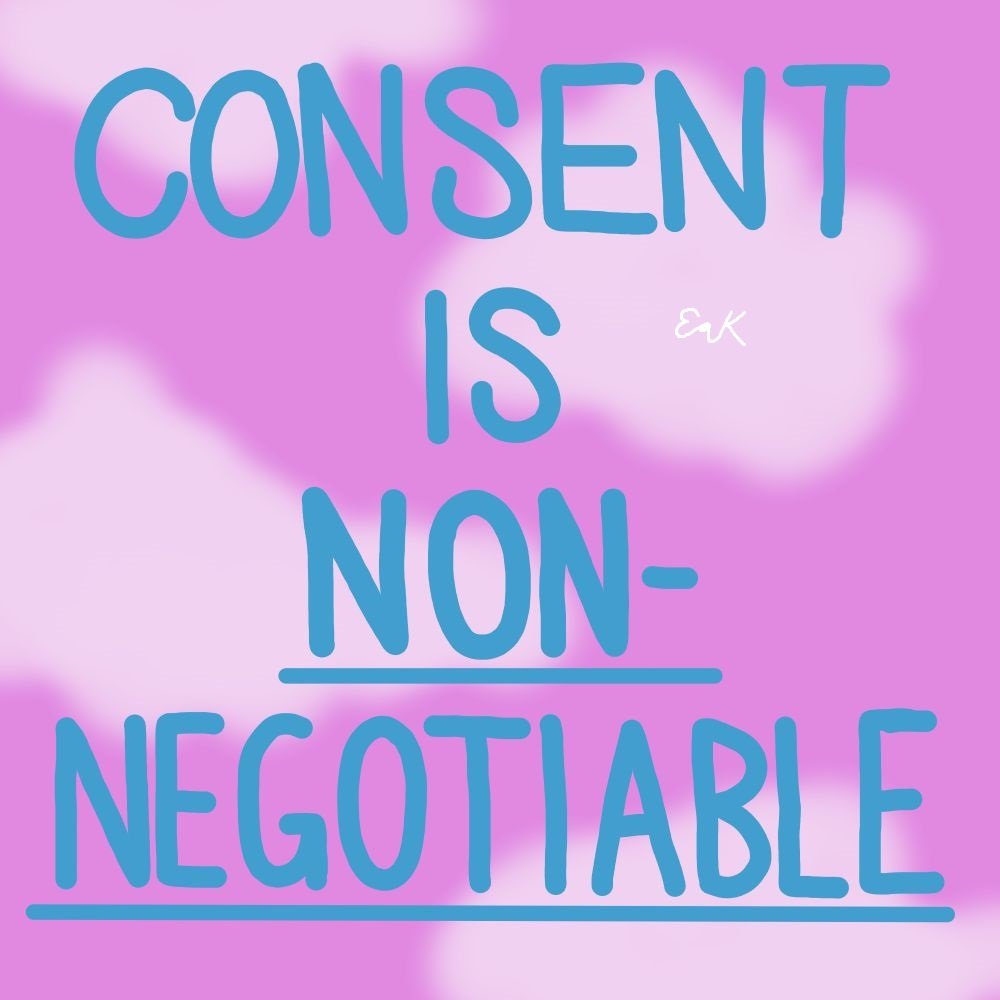This gender norm seems to affect not just Anthony but also the Duke, whose duty as a man was determined since the day he was born – an idea which certainly chimes with the present day. Even before the birth of a baby, people start to assume likes and behaviors that the child should have according to their sex assigned at birth. If the baby is female, then she should like pink and she must be sweet, respectful, charming and caring. If the baby’s male, then he should like blue and he must be brave, disciplined, insensitive and caring – but not in a ‘feminine’ way but rather in a dominant, protective, way.
This also happens in another conversation, when Anthony offers him Daphne's dowry, which he refuses to accept, claiming that “Her wellbeing is my responsibility now”. This means not only a huge responsibility for the Duke, but it also sentences Daphne to a life of obedience, reflecting the stereotypes shown in the previous paragraph.
FEMINISM
In all eight episodes of Season One, we see revolutionary thoughts. Every woman in the series recognises that there is a difference between the power that women and men have. Being aware of this, they are capable of turning stereotypes to their favour. They spread a rumor so that Daphne can avoid a marriage to someone she doesn't want.
Daphne: “Who would believe a group of women over a man's word?”
Violet, Daphne's mother: “Perhaps no-one, but they will if Lady Whistledown does. So we should do what women do, we should talk.
Although this suggests Lady Whistledown has power and influence, Eloise, Daphne's younger sister observes that: “Whistledown is a woman. Therefore, she has nothing. You are a man. Therefore, you have everything.”
Eloise is the most controversial character of the drama. She is open about her ideas and isn’t afraid of expressing her anger against the patriarchal culture. She explores the foundations of patriarchy and the more complex matters relating to the oppression of women. At first, she is only worried about her future: “Why it must our only options be to squawk and settle or to never leave the nest? What if I want to fly?”, “Do you know what is an accomplishment? Attending university! If I were a man I could do that, you know.”
Then, she starts to worry about other women that she knows. For example her friend, Penelope, has a maid who is pregnant and single. The maid plans to escape with the father of the baby, which only increases Eloise´s concern: “Then, she has even a greater reason to be frightened. Once she is married, her life is over. Oh, that poor maid!”
She is able to express her ideas towards patriarchy when discussing a painting with Penelope, showing that all women seem affected by it – not just her. “That's because, like all of this paintings, it was done by a man who sees women as nothing more other than a decorative object.”
She also seems to reject her older sister's lifestyle and doesn't hesitate to question her:“So Daphne may be in love, does she think it an accomplishment? What exactly has she accomplished, then? She certainly did not build that man or bake him. He simply showed up.”
Daphne, on the contrary, isn't as determined as Eloise although she often seems tired with her situation.
Daphne: “You don't have idea what it is to be a woman.”, “This is what I was raised for, [...] I don't have other value.”
These lines show how she really feels about the pressure of getting married and being a mother, even if that's what she wants. Certainly this is a pressure that many women feel, especially if they decide that they don't want to be a mother . Even if no-one else openly judges them, which is extremely unlikely, they have to deal with the internalised misogyny, which may make them feel unworthy and incomplete.
LACK OF INFORMATION
From the second episode we can see characters being curious about things that might be obvious to us, such as how babies are conceived. Eloise, being a teenager, doesn't have this information: “How does a lady come to be with child?” Not even Daphne, who is already married: “If it is this difficult to discuss, how difficult it must be to perform.” In both cases, they feel scared, because of the possibility of getting pregnant before marriage or because of the “marital act” itself.
It is clear that today we have more information about sex and many issues are no longer as taboo but unnecessary mystery around this topic is still part of our society.
To these sisters, there aren't clear answers, which increases their confusion and plays a fundamental role in the show. For example, when Eloise´s brothers try to explain it to her their mother stops them: “I hope you are not encouraging improper topics of conversation.” While this might seem as far from our reality as it can be, sex is often explained through metaphors to people who have the capacity to understand. This is added to the fact that sex, is most of the time, explained from a heteronormative point of view. This increases the confusion and fear around it – feelings that should have been left behind decades ago.
SEXUAL ASSAULT








